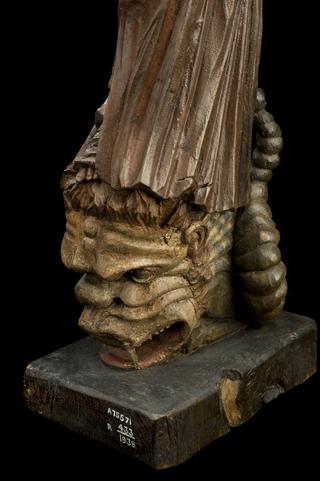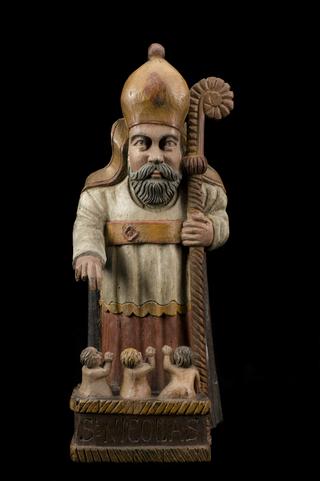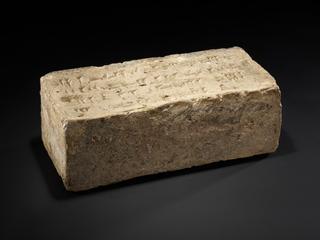
Jackal-headed canopic jar, Egypt, 2000 BCE-100 CE
- Made:
- 2000 BCE-100 CE in Ancient Egypt and Egypt




Limestone, jackal headed canopic jar, Egyptian, 2000BC to 100AD
Canopic jar, Ancient Egyptian, 2000 BC-100 AD. During the preparation for mummification, the brains were removed through the nostrils, and then an incision was made in the side of the body and all the major organs removed and placed in canopic jars. Four organs to be removed each time, and four jars used to protect them. They eventually came to represent the four sons of the god Horus and each had a head associated with the particular demi-god. The jackel headed jar (Duamutef) carried the stomach, the human headed jar (Imseti) carried the liver.
Details
- Category:
- Classical & Medieval Medicine
- Collection:
- Sir Henry Wellcome's Museum Collection
- Object Number:
- A635038
- Materials:
- limestone
- type:
- canopic jar




